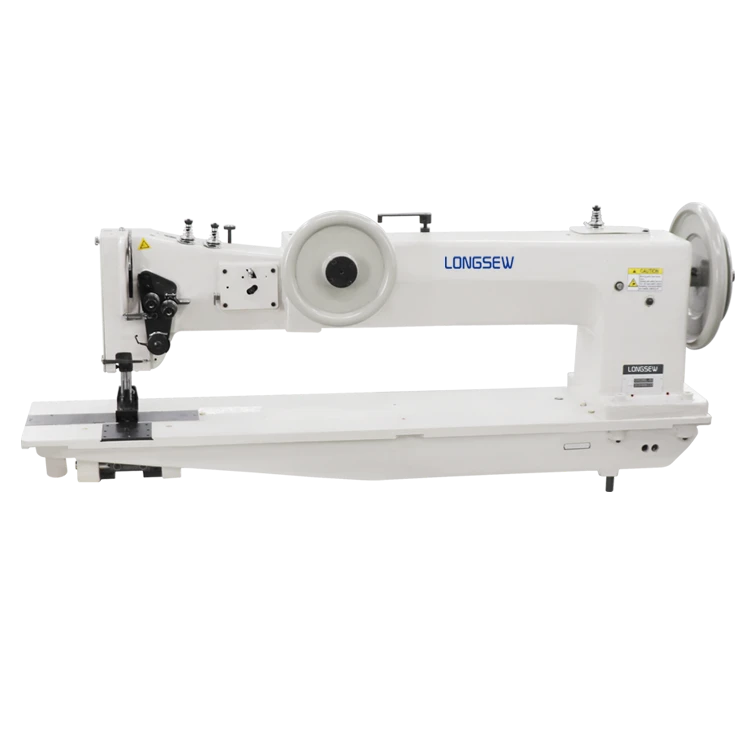arm sewing machine
The Evolution and Versatility of Arm Sewing Machines
In the expansive world of textiles and fashion, the sewing machine stands as an iconic invention that has revolutionized the way we create garments and crafts. Among the various types of sewing machines developed over the years, arm sewing machines have carved a niche for themselves due to their unique design and adaptability.
Arm sewing machines, characterized by their long arm and industrial capabilities, are engineered for handling large and bulky fabric pieces that are often cumbersome with conventional sewing machines. These machines are specifically designed to provide ease of access and maneuverability, making them indispensable tools in garment manufacturing, upholstery, and various craft applications.
Design Features
The most distinguishing feature of an arm sewing machine is its elongated arm, which provides a larger workspace for the operator. This design allows for the sewing of large products, such as quilts, bags, and even upholstery for furniture. The extended arm accommodates the bulk of the fabric, allowing users to focus on precision stitching rather than struggling with fabric management.
Moreover, arm sewing machines often come with specialized feet and attachments that enable users to create a variety of stitches and finishes. Some models are equipped with walking feet, which help to move multiple layers of fabric evenly through the machine. Others may include needle feed mechanisms to prevent slipping of layers, which is especially beneficial when working with slippery or heavy materials.
Versatility in Applications
arm sewing machine

The versatility of arm sewing machines is remarkable. They are commonly used in industrial settings and are well-suited for mass production, but they also find a place in home sewing for passionate hobbyists. For example, quilters often rely on these machines to handle the thick layers of batting and fabric required in quilt-making. Upholsterers use arm sewing machines to work on chairs and sofas, ensuring clean seams and durable construction.
In addition to quilting and upholstery, arm sewing machines excel in producing canvas items, such as tents, bags, and sails. Their robust construction and powerful motors allow them to handle heavy-duty materials that would typically cause standard machines to falter. The adaptability of arm sewing machines extends to various stitches and techniques, enabling users to switch between straight seams, zigzag stitches, and decorative finishes with ease.
The User Experience
Operating an arm sewing machine may seem daunting at first due to its size and capabilities, but many users find that the learning curve is well worth the investment. Modern arm sewing machines often come equipped with user-friendly interfaces, built-in tutorials, and automated functions that simplify the sewing process. Advanced models may feature computer controls that allow for precise stitch adjustments and memory functions for repetitive designs.
Sewing enthusiasts appreciate the freedom that an arm sewing machine provides, allowing them to explore complex projects without the constraints normally faced with traditional machines. The spacious workspace encourages creativity, enabling users to experiment with different fabrics, patterns, and techniques.
Conclusion
In conclusion, arm sewing machines represent a significant advancement in the world of sewing, combining design innovation with practical usability. Their ability to handle large, bulky materials while providing precision and adaptability makes them essential for both industrial manufacture and home crafting. As sewing technology continues to evolve, arm sewing machines will undoubtedly remain a vital asset for those who seek to elevate their sewing projects to new heights. Whether you are a seasoned seamstress or a newcomer to the craft, investing in an arm sewing machine can unlock a world of possibilities and creativity.
-
Boost Production Efficiency with a Pattern Sewing MachineNewsAug.29,2025
-
Industrial Excellence with the Best Heavy Duty Sewing MachineNewsAug.29,2025
-
Precision and Power with the Best Pattern Sewing MachineNewsAug.29,2025
-
Reliable Bulk Packaging Starts With the Right FIBC Sewing MachineNewsAug.29,2025
-
Advanced Packaging Solutions: Elevate Productivity with Jumbo Bag Sewing Machine and Industrial Stitching EquipmentNewsAug.29,2025
-
High-Performance Solutions for Bulk Packaging: FIBC Sewing Machine and MoreNewsAug.29,2025
-
Maximize Efficiency with an Industrial Cylinder Arm Sewing MachineNewsAug.28,2025


























